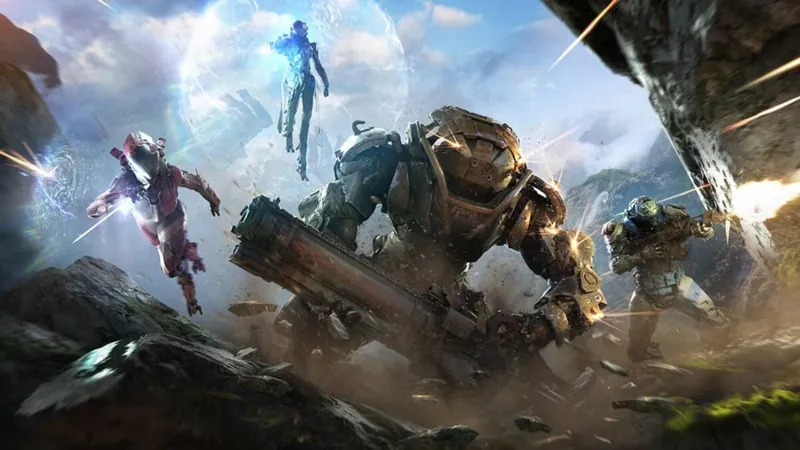
Unlocking the Mystery of Your Visual Limit: How Fast Is Too Fast to See?
2025-05-12
Author: Nur
What Happens When Your Eyes Move Too Fast?
Ever wondered why things seem to blur when they move quickly? Surprisingly, our eyes engage in rapid movements known as saccades over 100,000 times a day, yet we hardly experience that dizzying blur. But there’s a twist—when objects zoom by at certain speeds, they can actually become invisible!
Revolutionary Study: Your Eye Movement Determines Your Perception
A groundbreaking study published in *Nature Communications* has unveiled that the speed of these saccades directly correlates with the speed limit of visibility. Essentially, individuals with quicker eye movements can see faster-moving objects clearly. This discovery could change how we approach activities that require keen sight and quick reactions, like sports, video gaming, and even photography.
Brain vs. Camera: Why We Don't Blur in Our Vision
Lead researcher Martin Rolfs from Humboldt University of Berlin explains that our perception isn’t solely based on our biological sensors, like the sensitivity of our photoreceptors. He pointed out that our movements significantly alter our sensory experiences. When we see visual stimuli that mimic our eye's rapid shifts, they effectively vanish from sight, indicating our brain filters out these familiar motions to prevent confusion.
The Connection Between Movement and Perception
Rolfs notes, "The capabilities of our sensory systems, particularly vision, are best understood alongside the kinematics of our movements." This means that how we process what we see is intricately linked to how our bodies move. Unfortunately, this critical relationship is often overlooked in separate fields of research. Rolfs advocates for more collaboration between those studying motor control and visual perception to unlock the true potential of our senses.
Could This Change How We Parent?
Imagine helicopter parents timing their kids' saccades to determine who makes the cut for little league or who lands a spot in the school play. This research might not just inform how we see the world but could also reshape how we nurture young talent, guiding them towards activities that match their visual and reflex capabilities.
The Final Word: A New Perspective on Vision
In essence, the study provides a fresh perspective on how integrative our sensory systems truly are. It's a fascinating reminder that our perception of speed and motion is shaped not just by our eyesight but by how we physically interact with the world around us. Future developments in this field could have profound implications for various domains—including athletics, gaming, and even education.


 Brasil (PT)
Brasil (PT)
 Canada (EN)
Canada (EN)
 Chile (ES)
Chile (ES)
 Česko (CS)
Česko (CS)
 대한민국 (KO)
대한민국 (KO)
 España (ES)
España (ES)
 France (FR)
France (FR)
 Hong Kong (EN)
Hong Kong (EN)
 Italia (IT)
Italia (IT)
 日本 (JA)
日本 (JA)
 Magyarország (HU)
Magyarország (HU)
 Norge (NO)
Norge (NO)
 Polska (PL)
Polska (PL)
 Schweiz (DE)
Schweiz (DE)
 Singapore (EN)
Singapore (EN)
 Sverige (SV)
Sverige (SV)
 Suomi (FI)
Suomi (FI)
 Türkiye (TR)
Türkiye (TR)
 الإمارات العربية المتحدة (AR)
الإمارات العربية المتحدة (AR)